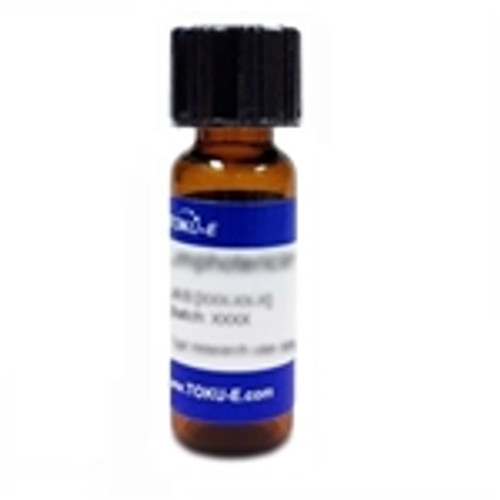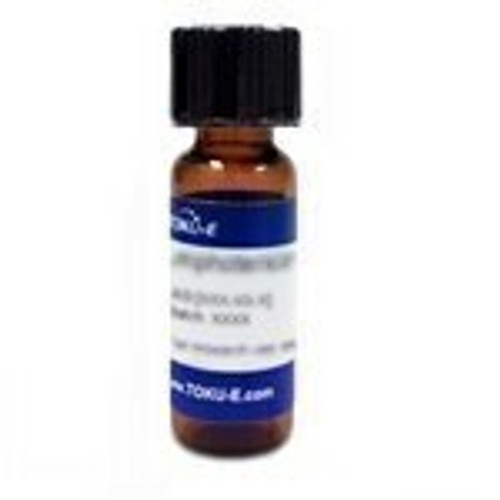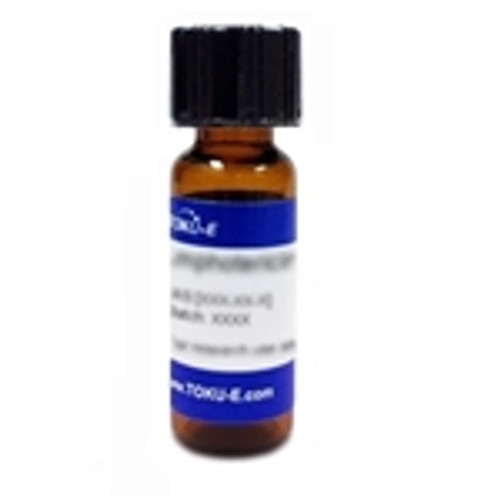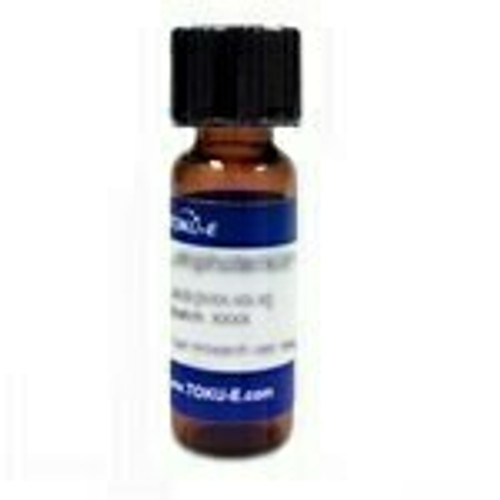Florfenicol Amine is a polar metabolite and degradation product of Florfenicol, specifically formed via hydrolysis of the dichloroacetamide of Florfenicol. Florfenicol Amine has no antibiotic activity but is an important standard for monitoring animal and environmental residues of Florfenicol. Florfenicol Amine is soluble in ethanol, methanol, DMSO and DMF but has limited water solubility.
We also carry:
- Florfenicol (F002)
| Mechanism of Action | After entering a bacterial cell, Florfenicol binds to the 50S ribosomal subunit preventing peptide bond formation. Resistance to Florfenicol may be due to decreased cell permeability or a mutation in the 50S ribosomal subunit. |
| Microbiology Applications | Residues can be detected via liquid chromatography:
Residues can be detected by gas chromatography:
|
| Plant Biology Applications | Breast cancer resistance protein (BCRP) is one of the most important ATP-binding cassette superfamily transporters. Although it was discovered in cancer cells and could recognize anticancer agents, it is also expressed in other normal tissues of animals such as the apical membrane of enterocytes, hepatocytes and renal tubular cells where they can limit GI absorption. The US FDA has recommended to include whether a candidate compound is a substrate and/or inhibitor of BCRP during its development for those compounds with a net efflux ratio > 2, since it could be considered as a potential substrate of an efflux pump (Ref 9). Researchers found that Florfenicol is a substrate of BCRP as indicated by the bidirectional transport assay in Madin-Darby canine kidney (MDCK) and MDCK-chABcg2 cells (Liu et al, 2018). |
| Solubility | soluble in ethanol, methanol, DMF or DMSO. Limited water solubility. |
| References | Alechaga É, Moyano E and Galceran MT (2012) Ultra-high performance liquid chromatography-tandem mass spectrometry for the analysis of phenicol drugs and Florfenicol-Amine in foods. Analyst.137:2486-2494 PMID 22479695 Hormazabal V, Steffenak I and Yndestad M et al (1993) Simultaneous determination of residues of Florfenicol and the metabolite Florfenicol Amine in fish tissues by high-performance liquid chromatography. J. Chromatogr. 616:161-165 PMID 8376488 Xie et al (2011) Simultaneous determination of thiamphenicol, florfenicol and Florfenicol Amine in eggs by reversed-phase high-performance liquid chromatography with fluorescence detection. J. Chromatog. B 879(23):2351-2354 PMID 21742564 |








